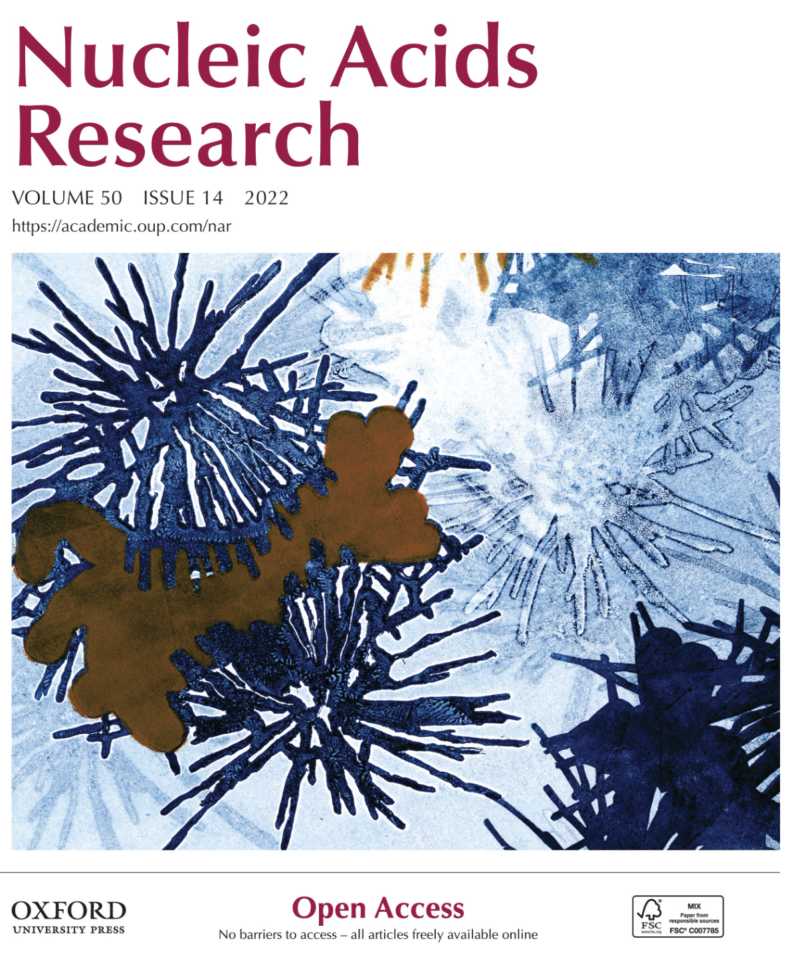Insights into innate immune activation via PS-ASO-Protein-TLR9 Interactions

July 15, 2022 : Pollak,A.J., et al, NAR https://academic.oup.com/nar/advance-article/doi/10.1093/nar/gkac618/6644951 It has long been known that nucleic acids that have CpG motifs can activate the immune system and that DNA like nucleic acids do that by interacting with TLR9 located in late endosomes. It has also been shown that PS ASOs that do not have CpG motifs can activate the innate immune system in a TLR9 … Continue reading Insights into innate immune activation via PS-ASO-Protein-TLR9 Interactions
